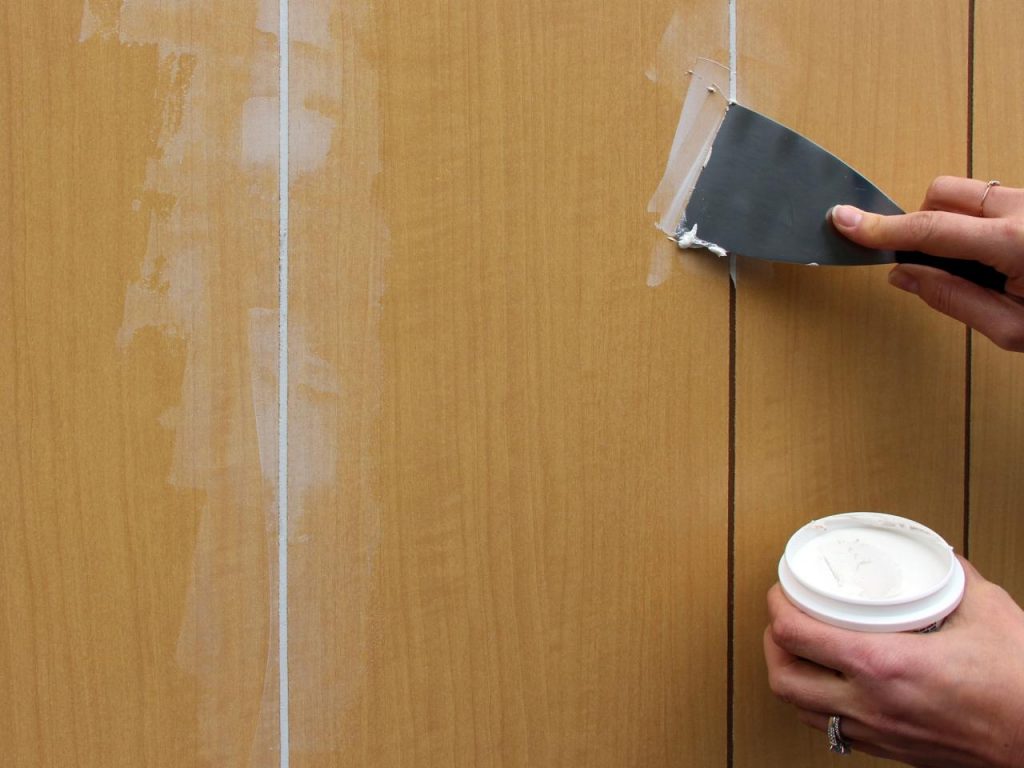In a room with wood-paneled walls—particularly if that wood is a veneer—your instinct may be to start fresh, either by tearing out the paneling or by concealing it behind drywall. Both of these options, however, involve avoidable expenses that may be difficult to justify if you are trying to keep costs to a bare minimum. So long as your paneling has stayed in decent condition over the years, perhaps the least expensive way forward is to leave the paneling in place and paint over it.
That may be easier said than done, partly because solid-wood paneling so often has knots, the kind that appear invincible to paint coverage and leave the well-intentioned homeowner feeling a bit trigger-shy. Just as often, there’s a wax or varnish to deal with, and do-it-yourselfers know that sanding can be not only taxing, but really messy. And then there’s veneer wood paneling: Isn’t there something about its hard, almost plastic-like surface that looks like it simply wouldn’t take paint very well?
The truth is that, regardless of whether yours is solid or veneer, it’s pretty easy to paint wood paneling. If you’ve ever painted a piece of wood furniture, then you’re probably already familiar with the few simple steps that make up the process. Follow these guidelines and you ought to achieve professional-level results.
Start by thoroughly washing the wood-paneled walls with a solution of TSP and water. Next, proceed to lightly sand the walls using a technique aptly known as “scuffing”; the goal here is to create a good mechanical bond between the paneled wall and the initial coat of primer that you will soon be applying.
Today’s primers are so good that you can probably skip the sanding, but I think it’s worth doing. Even though it takes only 20 or 30 minutes, scuffing gives you long-lasting insurance against chipping paint. Just be sure to wear a dust mask and, for health reasons as well as cleanliness, wipe away dust with a damp rag as you go.
Having finished scuffing the full width and height of the paneling to be painted, you can then move on to giving the surface its initial coat of primer. Two primer coats are normally sufficient. Note that while it’s not strictly necessary to do so, you can have the primer tinted to match the shade you eventually plan to paint the wood paneling.
Finish by applying your chosen paint. Lightly sand the surface between coats; expect to do two or three. In order to avoid ending up with the orange peel–like texture that roller-applied paints sometimes produce, opt to use a foam sponge roller cover (inexpensive and easily purchased at your local paint supply store or home improvement center). Keep a paintbrush handy for cutting in at corners and dabbing away drips.
Once you are done, stand back to admire the difference painted wood paneling can make in a room!
Photo: woodfurniturehub.com
This article can be found at http://www.bobvila.com/articles/how-to-paint-wood-paneling/#.VxOxdDArKM8

